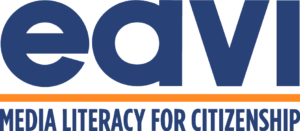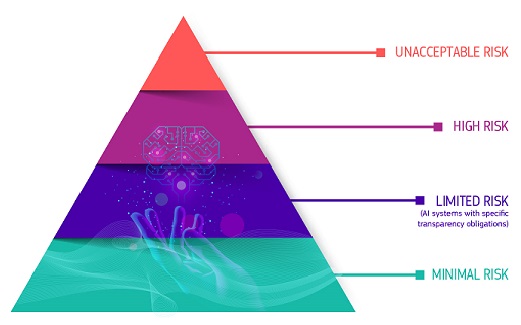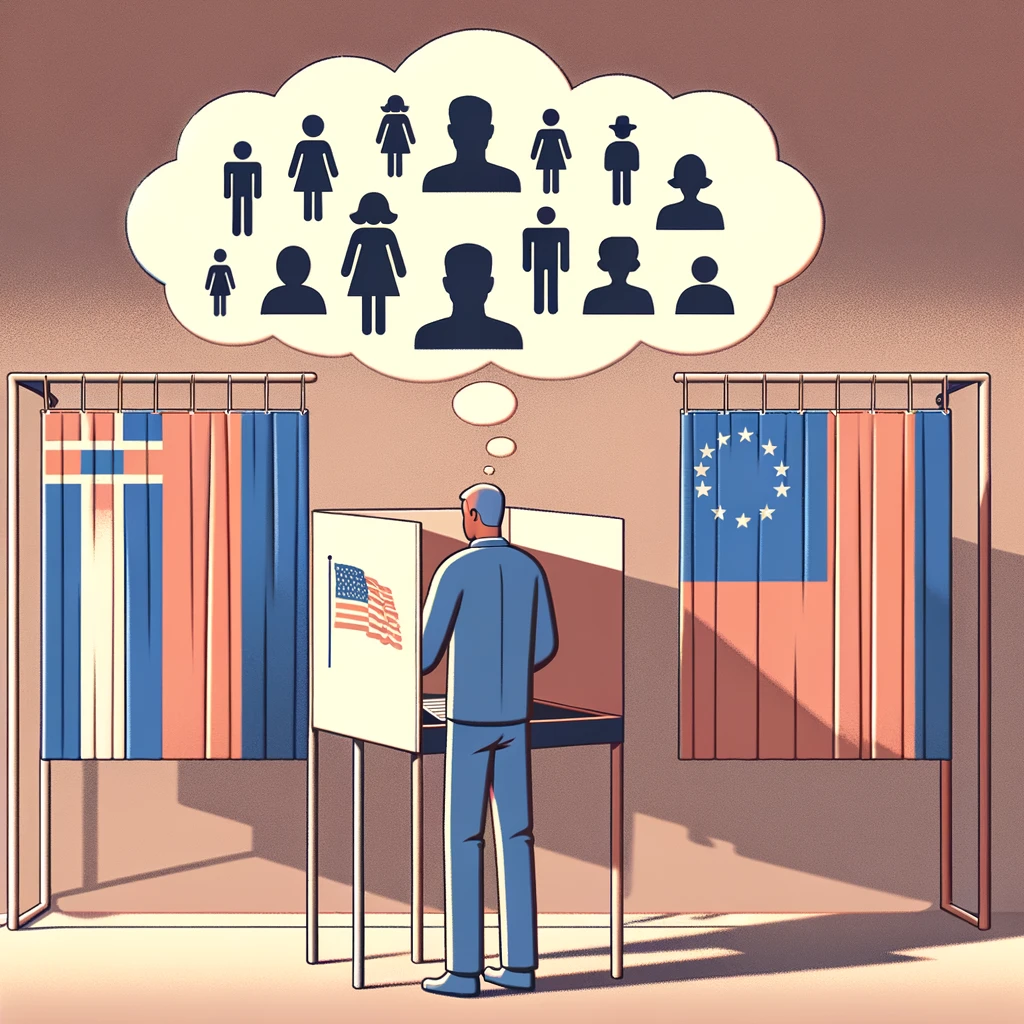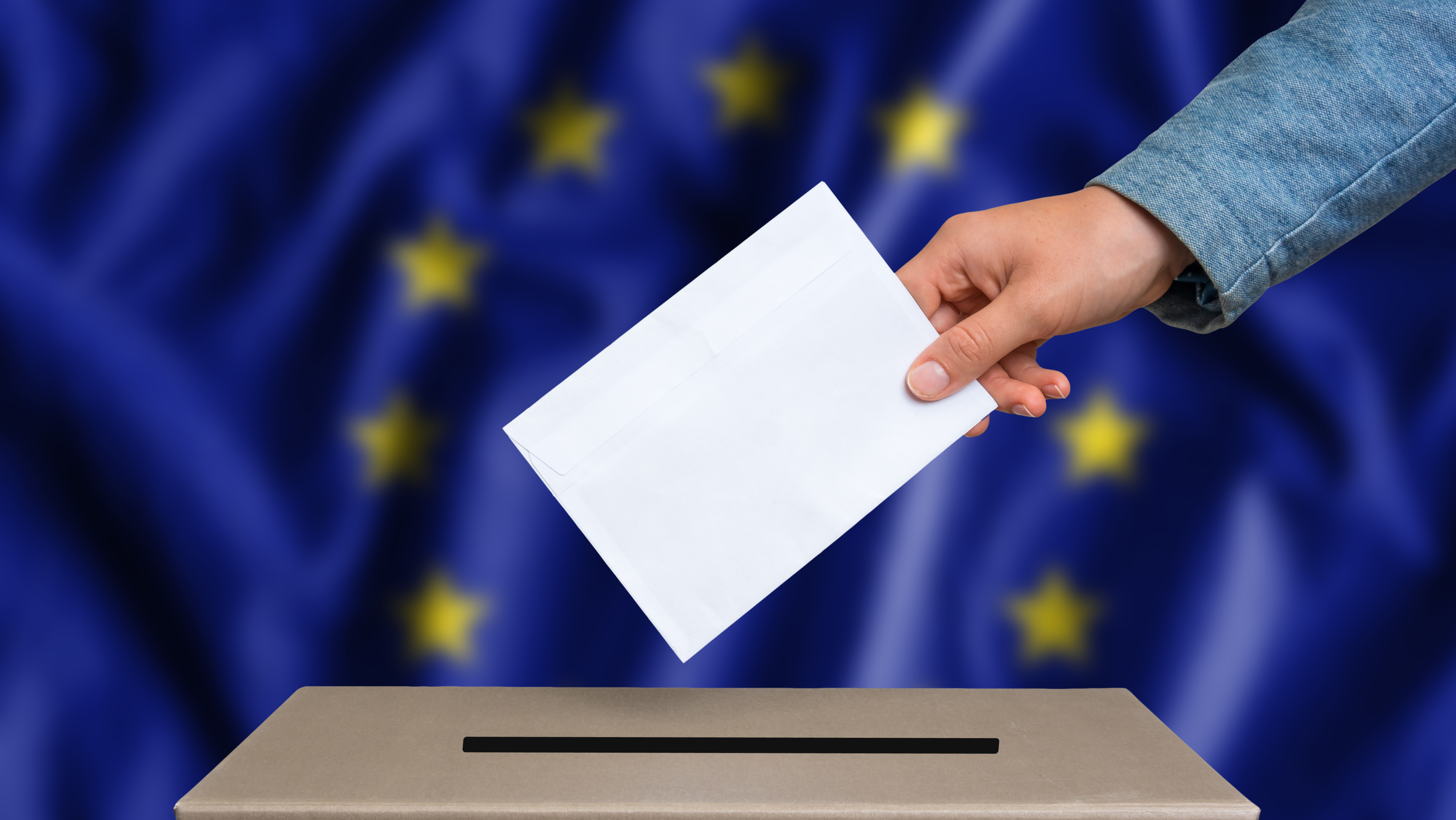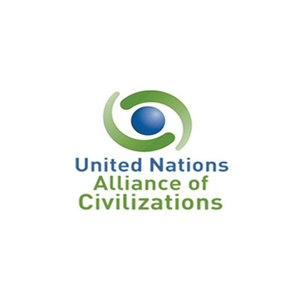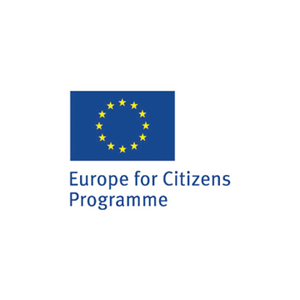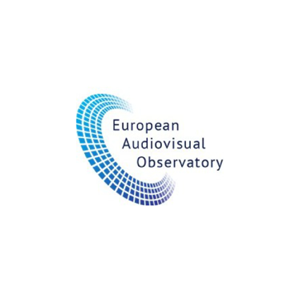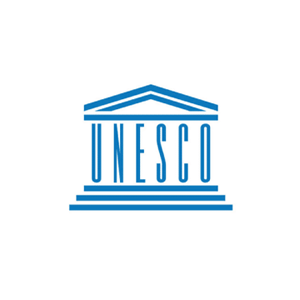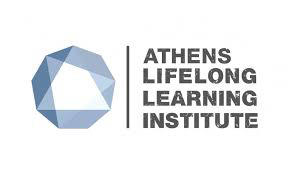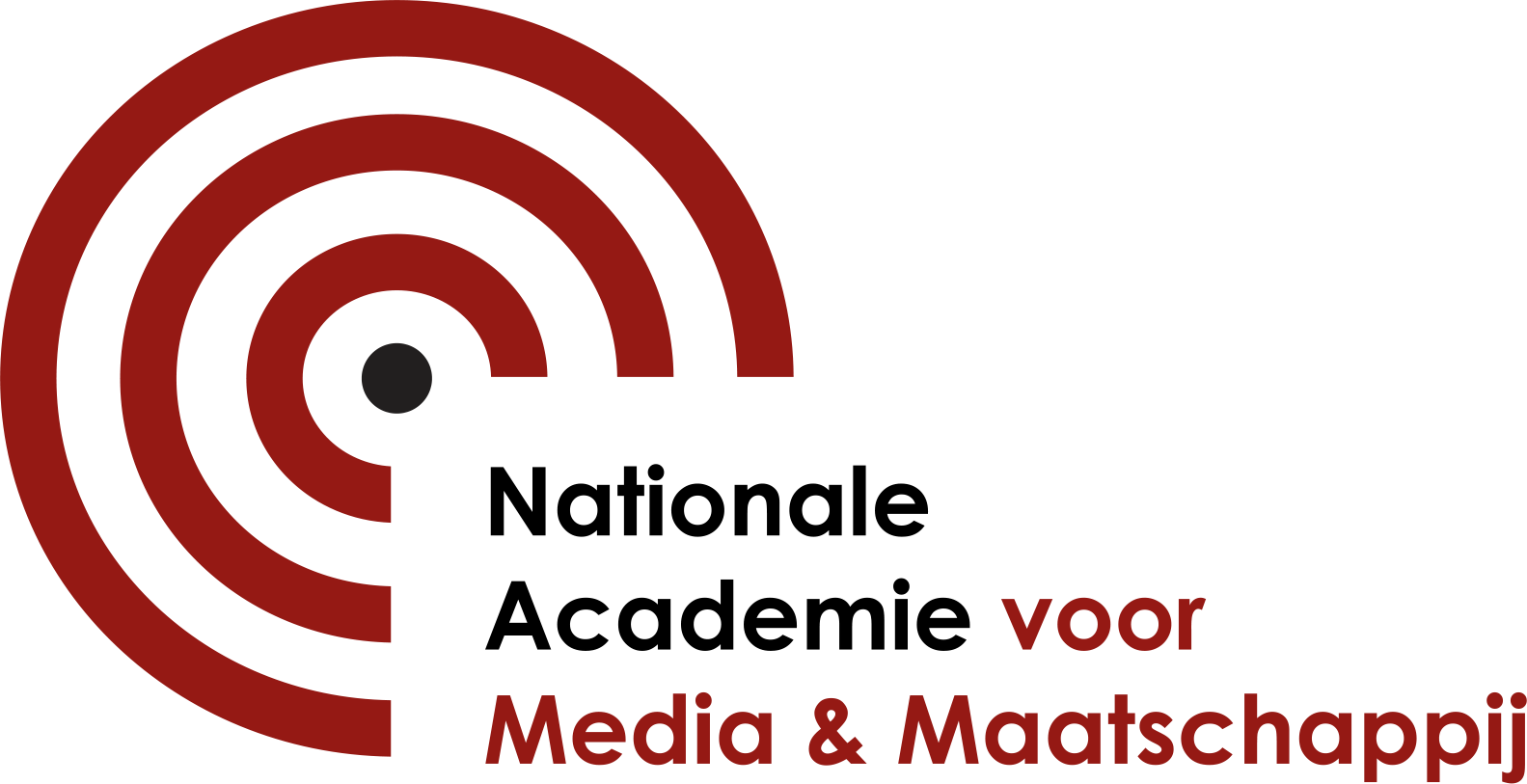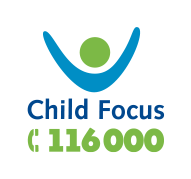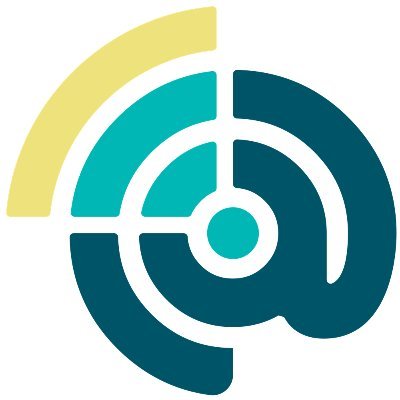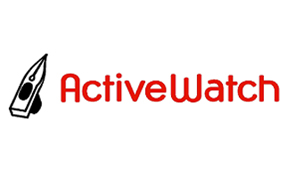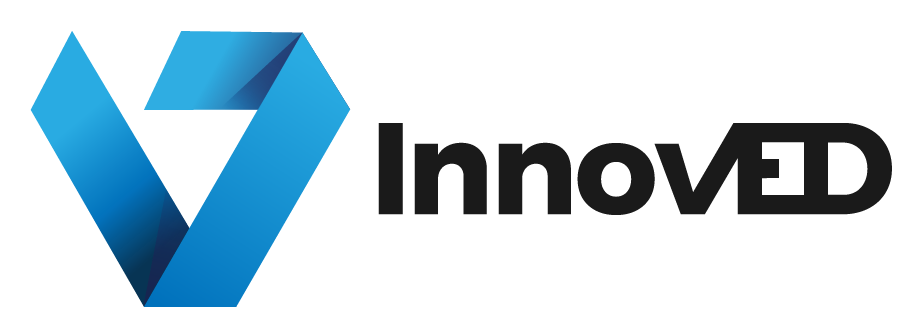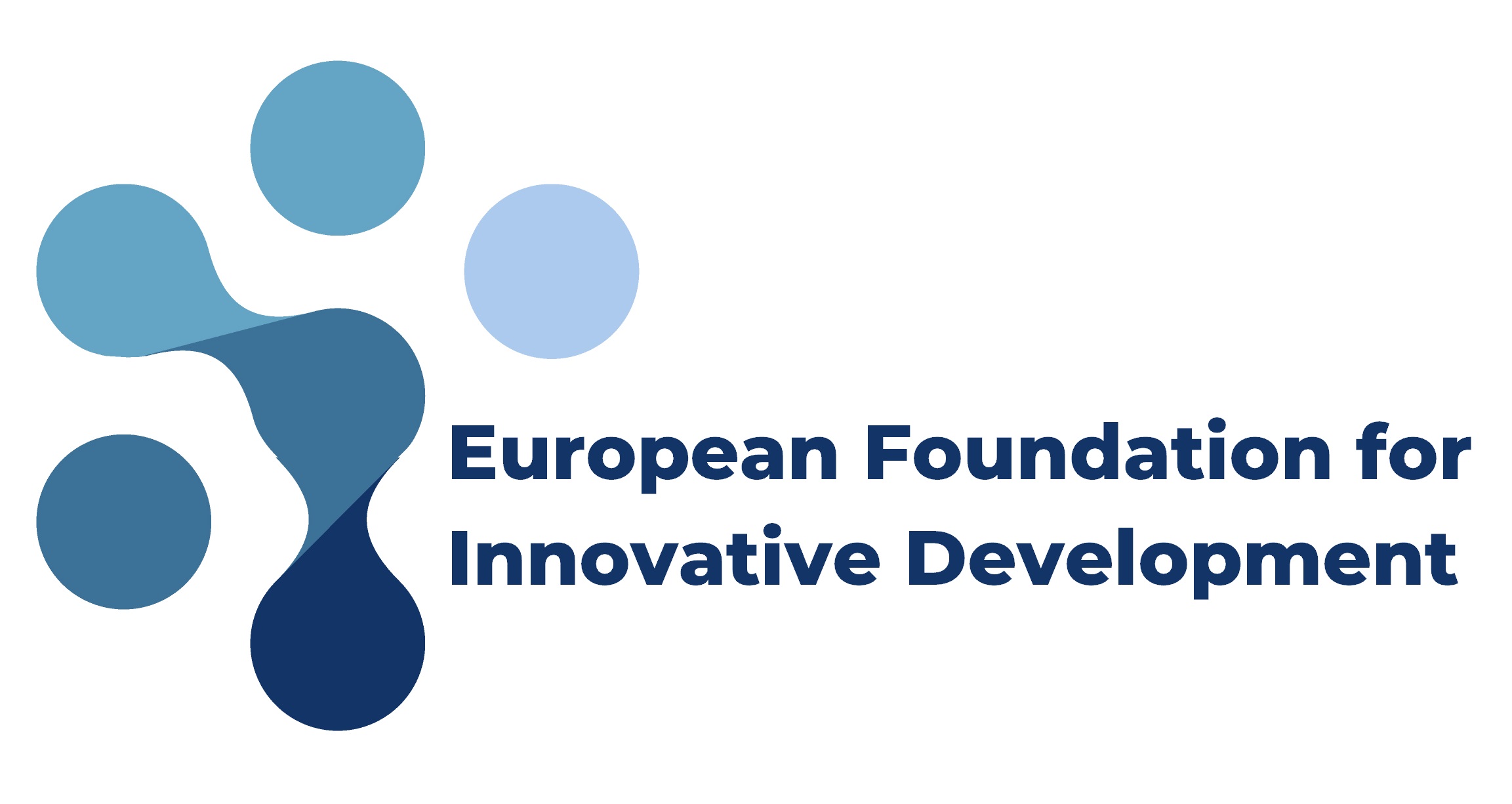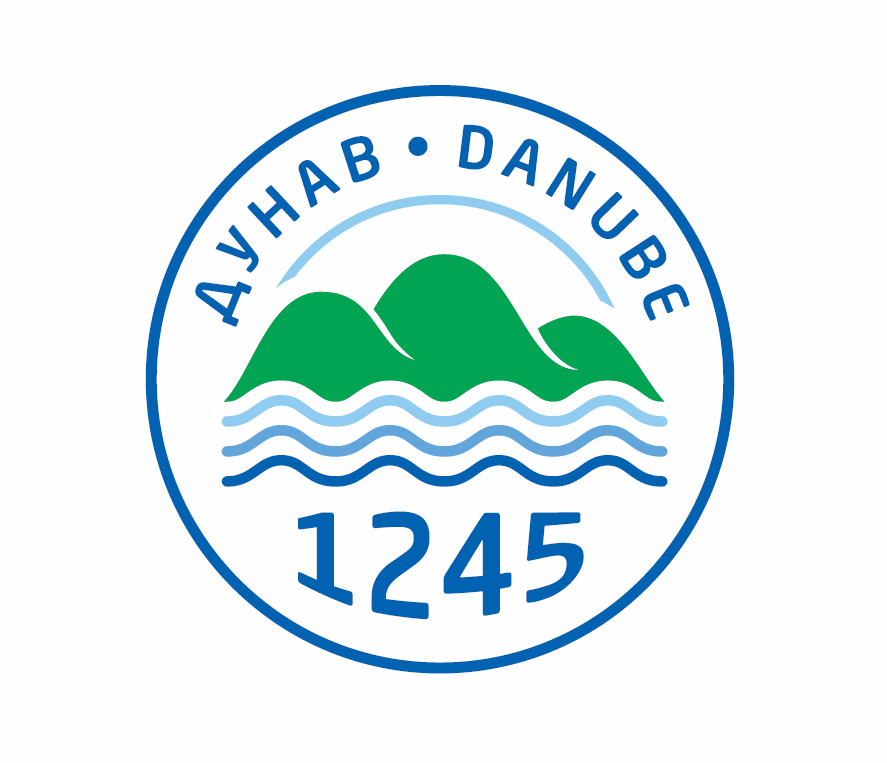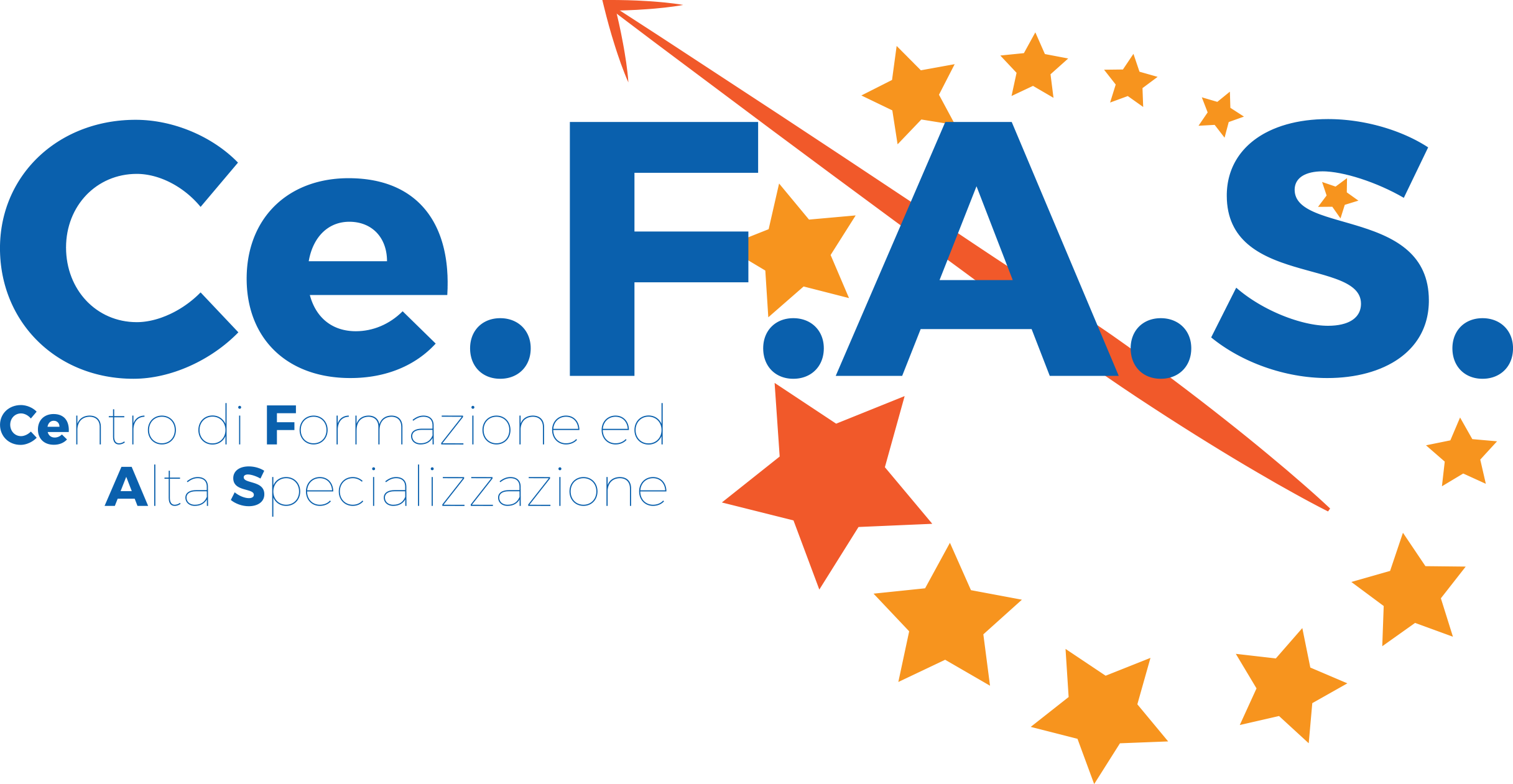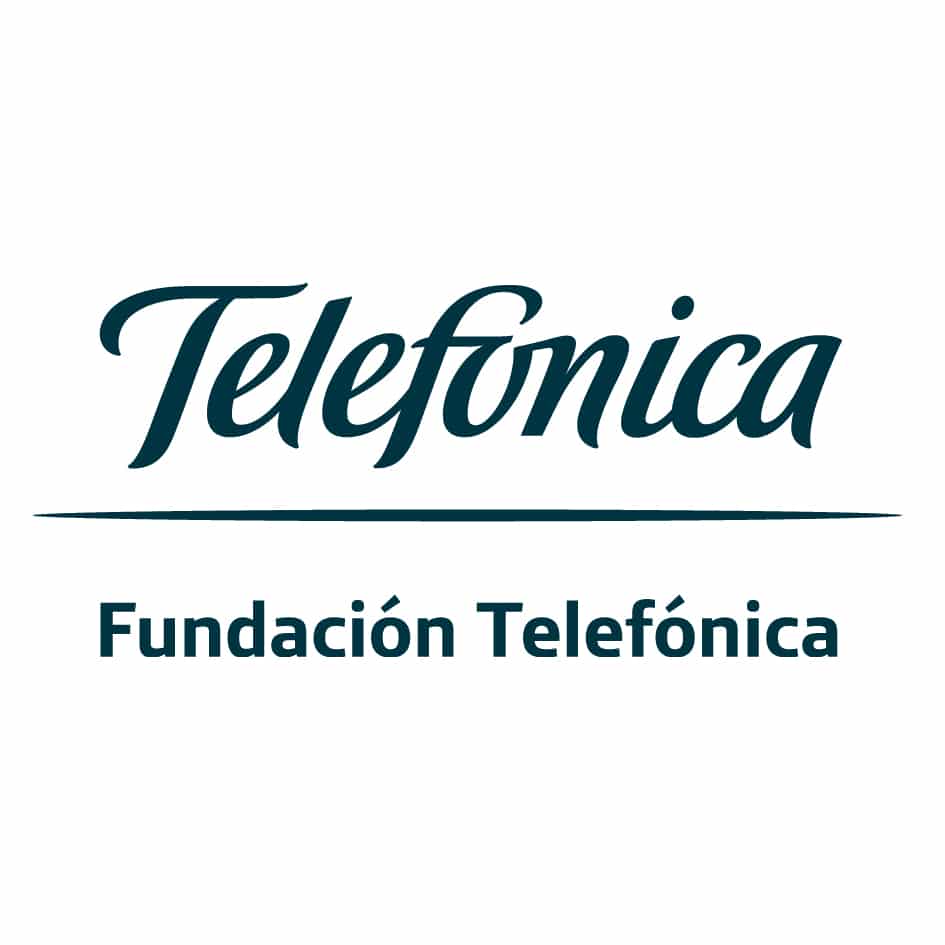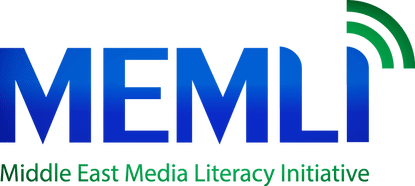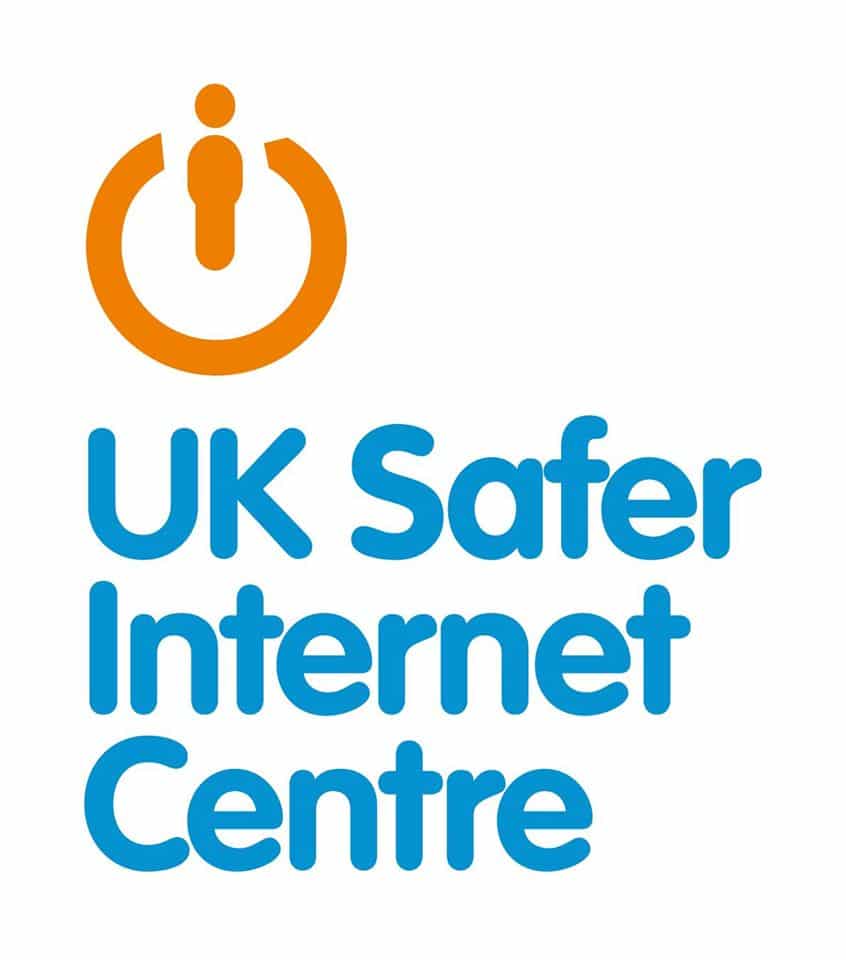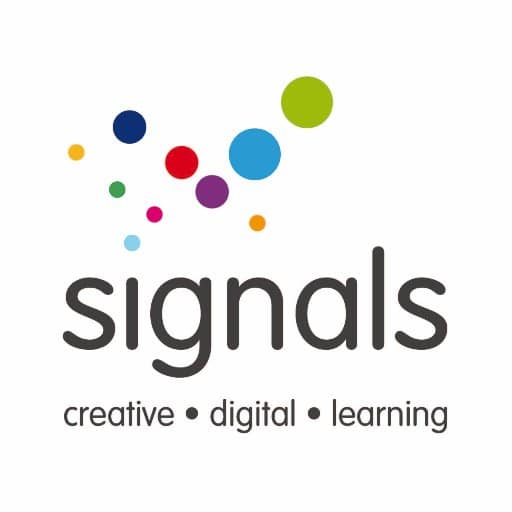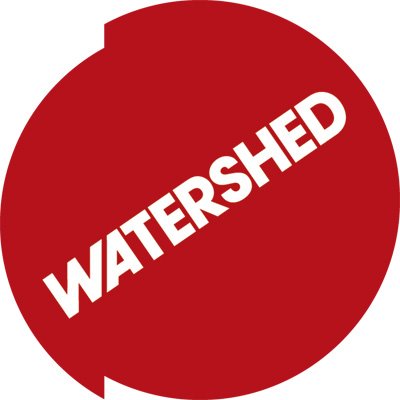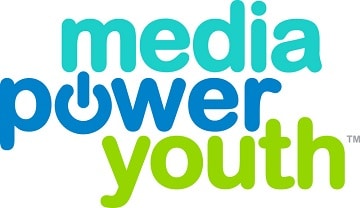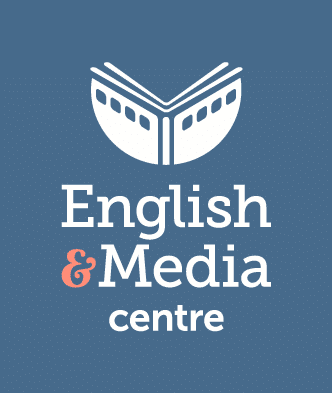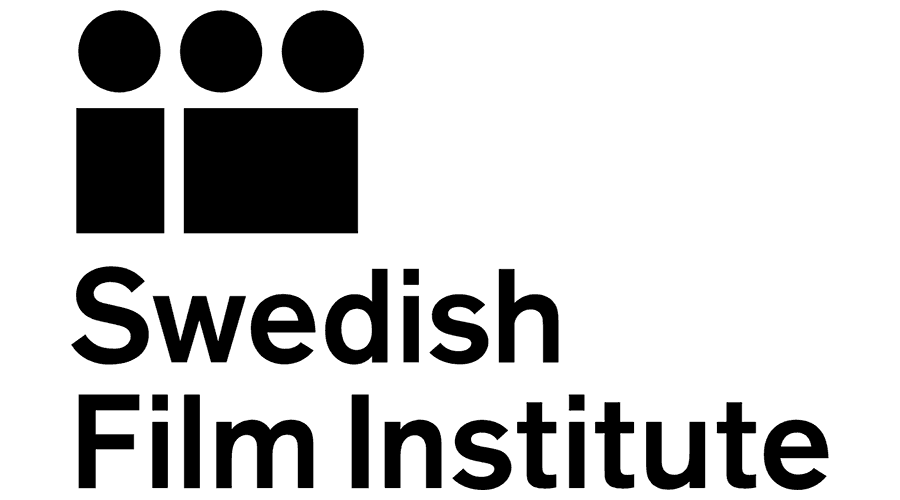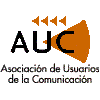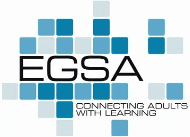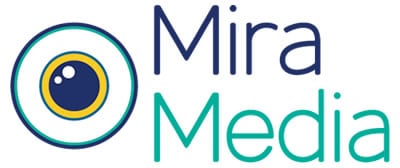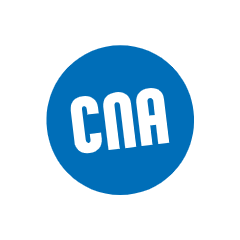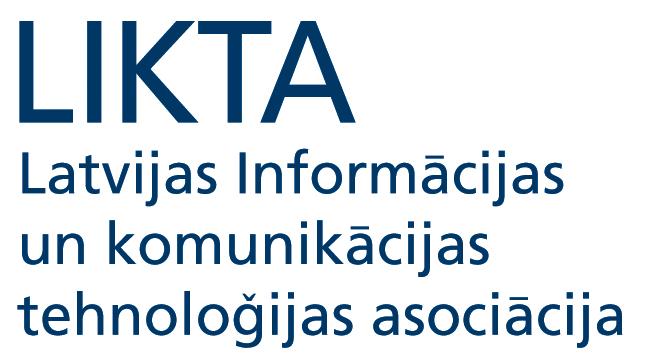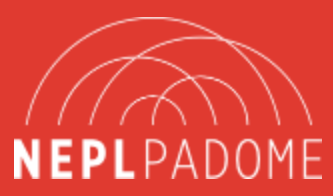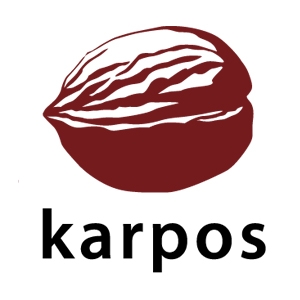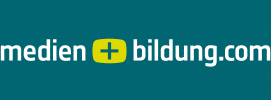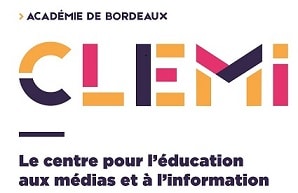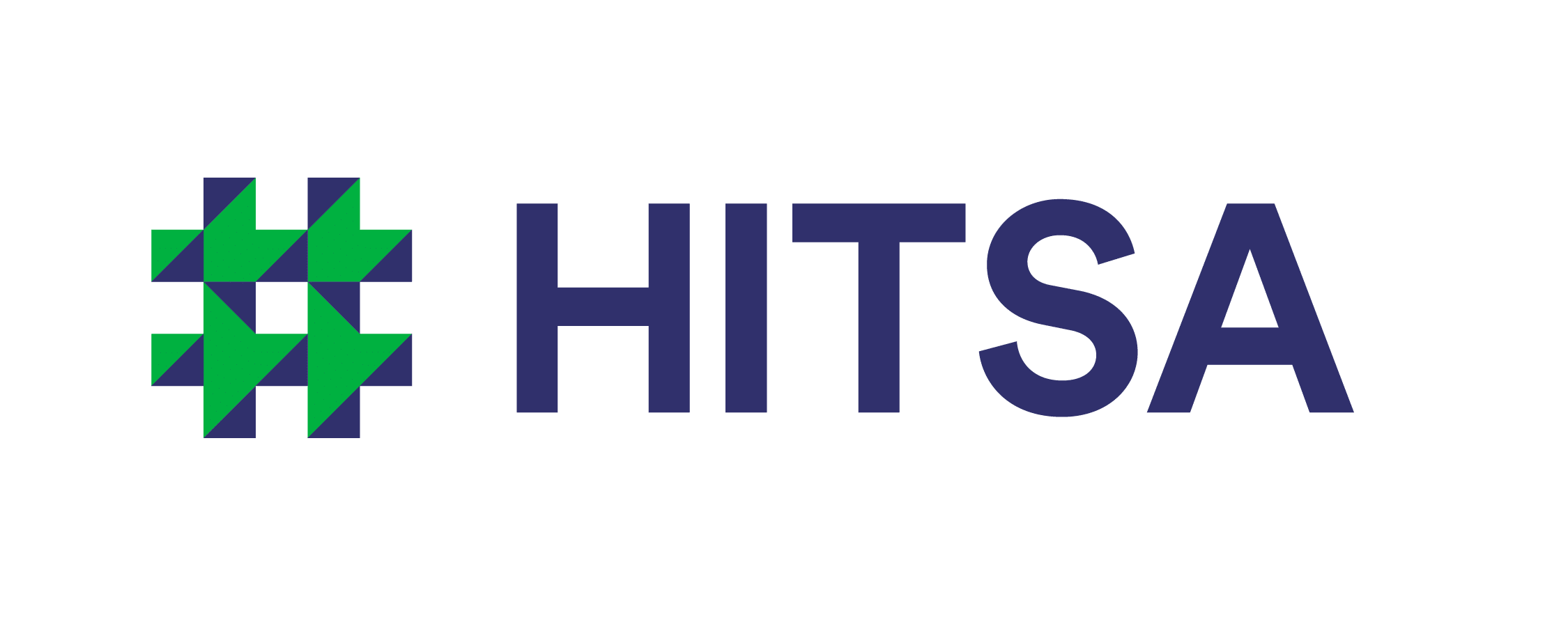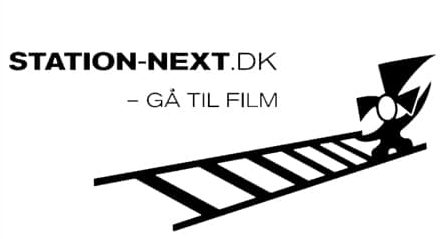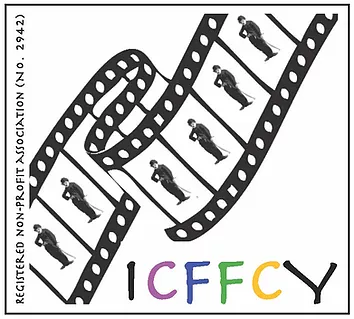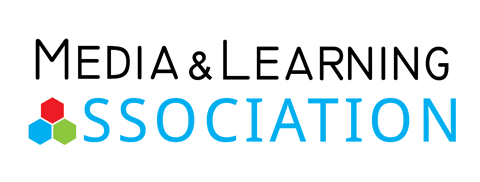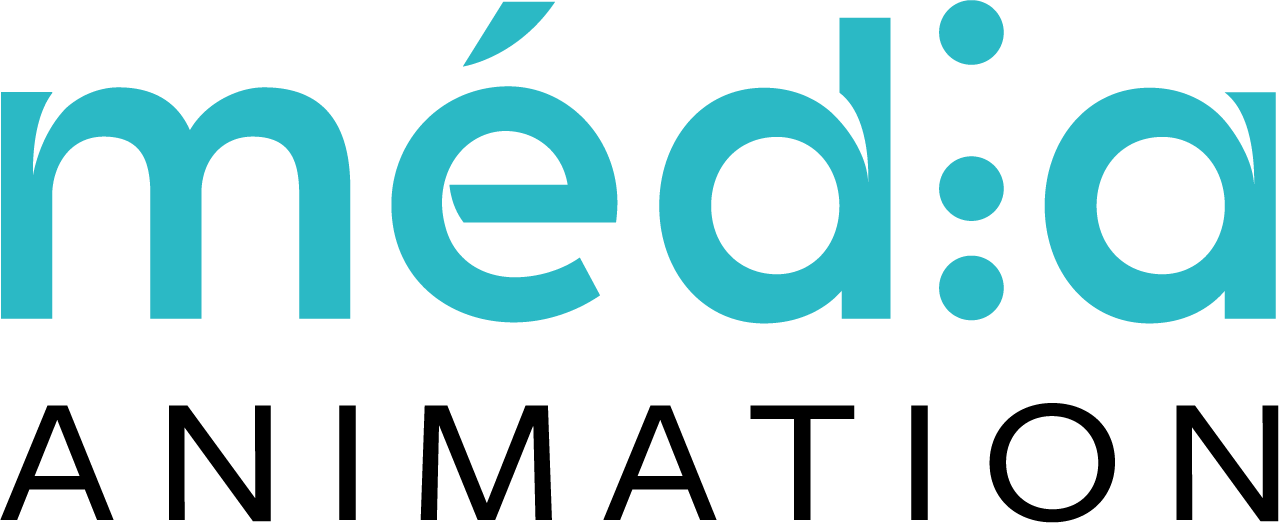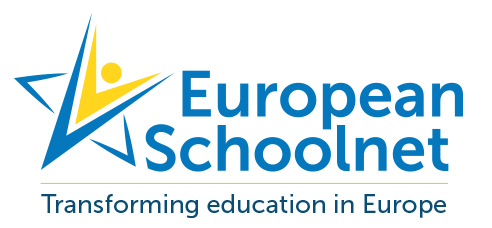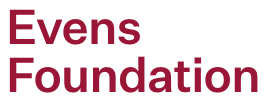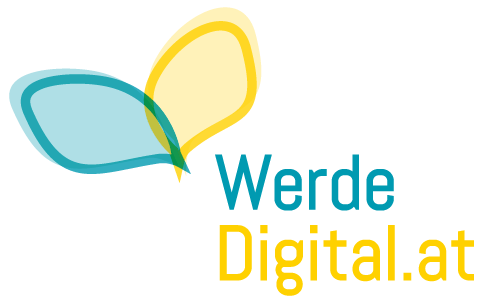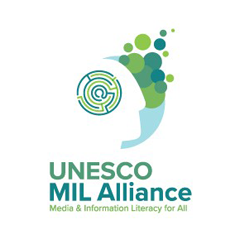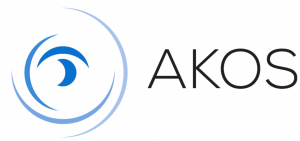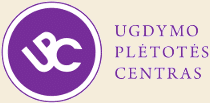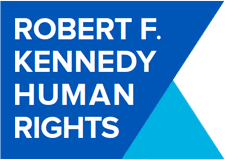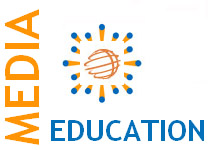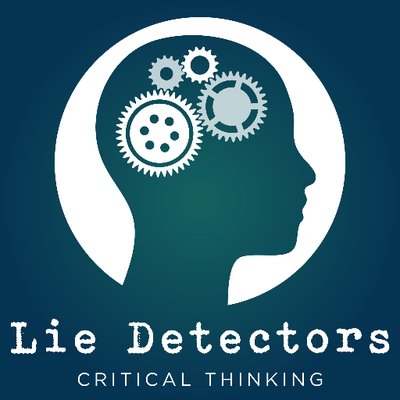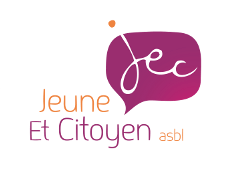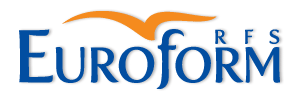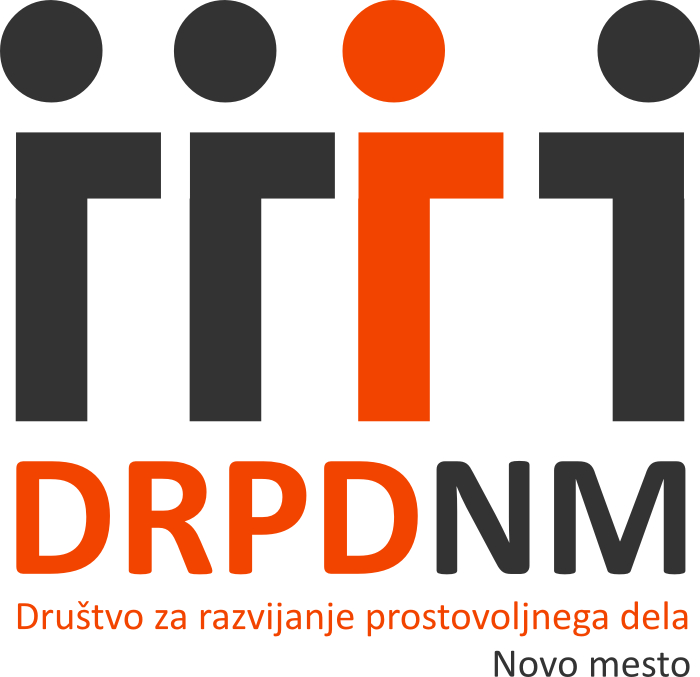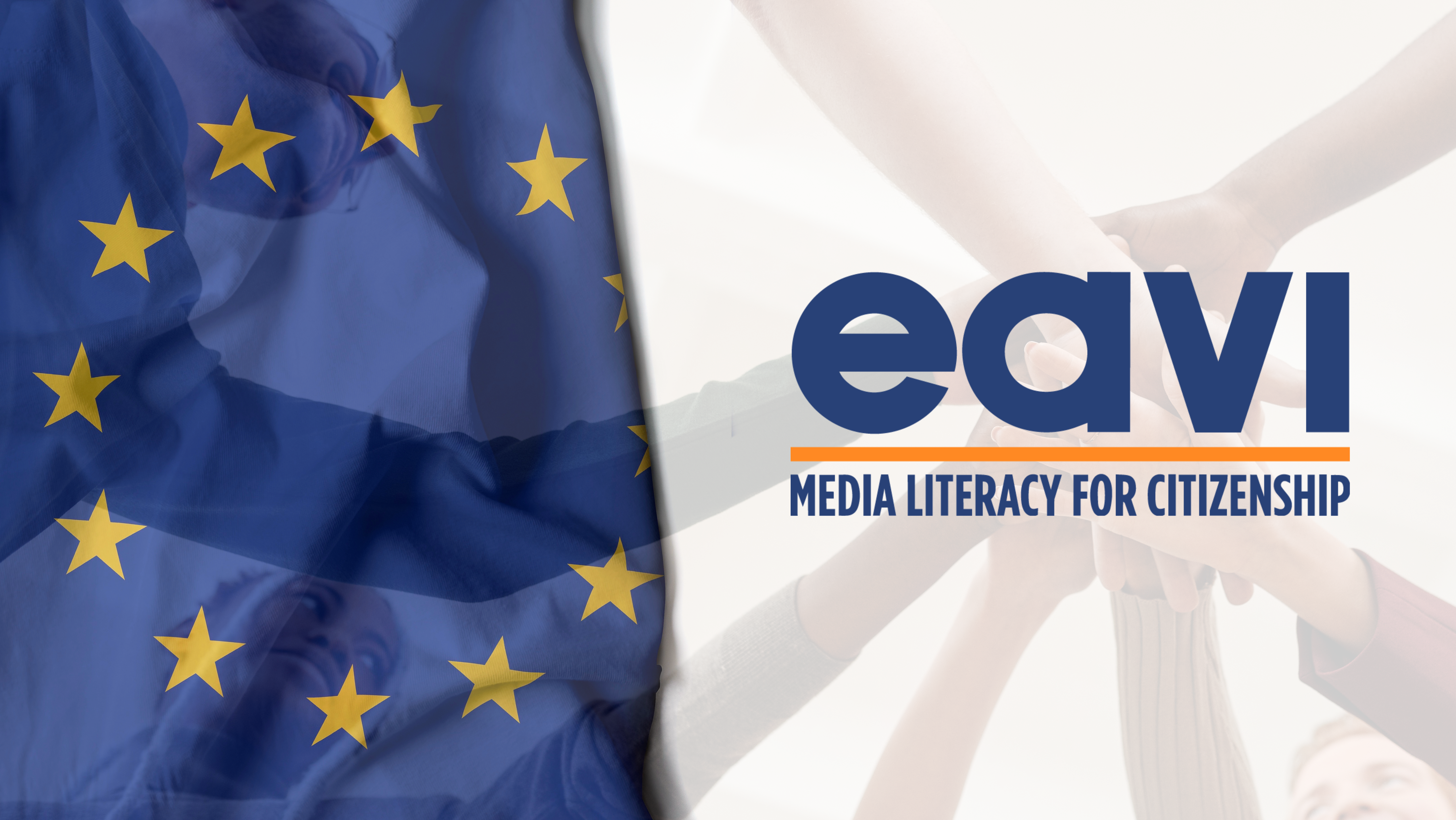
At EAVI, we are pleased to observe that the Communication from the Commission dated February 2023, titled “Guidelines pursuant to Article 33a(3) of the Audiovisual Media Services Directive on the scope of Member States’ reports concerning measures for the promotion and development of media literacy skills”, acknowledges the studies conducted by EAVI. These studies are referred to as useful resources to assist the Member States in evaluating media literacy levels. We appreciate the recognition of our efforts in contributing to the advancement of media literacy initiatives. Indeed, media literacy is an important subject acknowledged by the EU. According to this Communication from the Commission, individuals with media literacy skills can make knowledgeable decisions, comprehend the essence of various content and services, and fully utilise the benefits provided by diverse communication technologies. They are more adept at safeguarding themselves and their families from harmful or illegal content. Furthermore, media literacy is an effective instrument in the fight against disinformation by empowering users to critically evaluate information sources, helping them identify and disregard false or deceptive content.
The EU also recognises the critical nature of media literacy and the need to strengthen it in its various action plans and strategies such as the European Democracy Action Plan (EDAP) and the Media and Audiovisual Action Plan (MAAP). Improving digital and media literacy skills and competencies for digital transformation is a key strategic priority within the Digital Education Action Plan (DEAP). Moreover, the importance of the fight against disinformation is mentioned in the European Media Freedom Act (EMFA).
Furthermore, the importance of media literacy is mentioned in the Audiovisual Media Services Directive (AVMSD) that governs EU-wide coordination of national legislation on all audiovisual media. According to Recital 59 of AVMSD, “‘Media literacy’ refers to skills, knowledge and understanding that allow citizens to use media effectively and safely. In order to enable citizens to access information and to use, critically assess and create media content responsibly and safely, citizens need to possess advanced media literacy skills. Media literacy should not be limited to learning about tools and technologies but should aim to equip citizens with the critical thinking skills required to exercise judgment, analyse complex realities, and recognise the difference between opinion and fact. It is, therefore, necessary that both media service providers and video-sharing platform providers, in cooperation with all relevant stakeholders, promote the development of media literacy in all sections of society, for citizens of all ages, and for all media and that progress in that regard is followed closely”. Accordingly, Article 33a(1) gives new obligations for Member States to foster and implement strategies for the enhancement of media literacy skills. Under Article 33a(2), Member States must report to the Commission on their implementation of these measures. Under Article 33a(3), the Commission shall issue guidelines regarding the scope of such reports after consulting the Contact Committee, which led to the publishing of the aforementioned Communication document from the Commission.
The Communication document presents a detailed framework for the reports to be published by the Member States, including a comprehensive template. However, a lack of a complete grasp of the media literacy concept is possible. Moreover, consensus on concepts like media literacy in a transnational context might be elusive. Different states are likely to formulate their interpretations within the unique context of their perspectives. In light of this, consulting the European Association for Viewers Interests (EAVI) during this process could be highly beneficial to ensure a deeper understanding and effective implementation of media literacy principles.
Furthermore, in the Communication document, the Member States are encouraged to list and describe measures to assess the impact of regional or national media initiatives promoting media literacy and their outcomes in their reports. The Communication document states they may use existing evaluation frameworks to assess media literacy levels and includes two frameworks. One of these reports titled “Study on Assessment Criteria for Media Literacy Levels: A comprehensive view of the concept of media literacy and an understanding of how media literacy levels in Europe should be assessed” was prepared for the European Commission by EAVI and edited by Paolo Celot. The purpose of this report is to provide a comprehensive analysis of media literacy and a recommendation for how levels of media literacy should be assessed in Europe. It aims to provide the European Commission with a set of criteria to measure media literacy levels, an assessment of the media literacy levels in the Member States, an evaluation of the social and economic impact of different media literacy levels and policies, and possible policy measures at the European level to support Member State actions. The report also aims to promote critical thought, problem-solving capacity, analytical skills, and citizen awareness, with the more general objective of promoting freedom of speech, the right to information, democratic sustainability, and civic participation to increase active citizenship, intercultural dialogue, and the critical awareness of media users.
This study can be found here: CLICK HERE!
The other study that the Communication document refers to, is titled “Testing and Refining Criteria to Assess Media Literacy Levels in Europe”. The purpose of the study was to assess the theoretical and applied validity of the media literacy framework proposed in the 2010 report and to provide the European Commission with a revised tool that assesses and ranks the countries in terms of their media literacy levels. An important outcome of this study was a tool that measures media literacy levels across a range of ages, education levels, income levels, access levels, and geographic locations. The study covered age groups between 16 and 74, taking into consideration that Eurostat is likely to be the major agency to statistically monitor the developments of media literacy levels in the EU.
This study can be found here: CLICK HERE!
In light of the significant contributions made by the EAVI to the European Commission, especially through its insightful research and studies, EAVI stands as a useful resource in the field of media literacy. Our expertise, demonstrated in the comprehensive reports we have prepared, can enhance our understanding of media literacy levels across Europe, as well as providing valuable tools for assessment and improvement. Therefore, consulting EAVI for further guidance and expertise in media literacy can be imperative. EAVI’s involvement could greatly assist Member States in effectively grasping the concept of media literacy, ensuring its successful implementation, and ultimately strengthening our collective resilience against disinformation and promoting informed, critical engagement with media content.

At EAVI, we are pleased to observe that the Communication from the Commission dated February 2023, titled “Guidelines pursuant to Article 33a(3) of the Audiovisual Media Services Directive on the scope of Member States’ reports concerning measures for the promotion and development of media literacy skills”, acknowledges the studies conducted by EAVI. These studies are referred to as useful resources to assist the Member States in evaluating media literacy levels. We appreciate the recognition of our efforts in contributing to the advancement of media literacy initiatives. Indeed, media literacy is an important subject acknowledged by the EU. According to this Communication from the Commission, individuals with media literacy skills can make knowledgeable decisions, comprehend the essence of various content and services, and fully utilise the benefits provided by diverse communication technologies. They are more adept at safeguarding themselves and their families from harmful or illegal content. Furthermore, media literacy is an effective instrument in the fight against disinformation by empowering users to critically evaluate information sources, helping them identify and disregard false or deceptive content.
The EU also recognises the critical nature of media literacy and the need to strengthen it in its various action plans and strategies such as the European Democracy Action Plan (EDAP) and the Media and Audiovisual Action Plan (MAAP). Improving digital and media literacy skills and competencies for digital transformation is a key strategic priority within the Digital Education Action Plan (DEAP). Moreover, the importance of the fight against disinformation is mentioned in the European Media Freedom Act (EMFA).
Furthermore, the importance of media literacy is mentioned in the Audiovisual Media Services Directive (AVMSD) that governs EU-wide coordination of national legislation on all audiovisual media. According to Recital 59 of AVMSD, “‘Media literacy’ refers to skills, knowledge and understanding that allow citizens to use media effectively and safely. In order to enable citizens to access information and to use, critically assess and create media content responsibly and safely, citizens need to possess advanced media literacy skills. Media literacy should not be limited to learning about tools and technologies but should aim to equip citizens with the critical thinking skills required to exercise judgment, analyse complex realities, and recognise the difference between opinion and fact. It is, therefore, necessary that both media service providers and video-sharing platform providers, in cooperation with all relevant stakeholders, promote the development of media literacy in all sections of society, for citizens of all ages, and for all media and that progress in that regard is followed closely”. Accordingly, Article 33a(1) gives new obligations for Member States to foster and implement strategies for the enhancement of media literacy skills. Under Article 33a(2), Member States must report to the Commission on their implementation of these measures. Under Article 33a(3), the Commission shall issue guidelines regarding the scope of such reports after consulting the Contact Committee, which led to the publishing of the aforementioned Communication document from the Commission.
The Communication document presents a detailed framework for the reports to be published by the Member States, including a comprehensive template. However, a lack of a complete grasp of the media literacy concept is possible. Moreover, consensus on concepts like media literacy in a transnational context might be elusive. Different states are likely to formulate their interpretations within the unique context of their perspectives. In light of this, consulting the European Association for Viewers Interests (EAVI) during this process could be highly beneficial to ensure a deeper understanding and effective implementation of media literacy principles.
Furthermore, in the Communication document, the Member States are encouraged to list and describe measures to assess the impact of regional or national media initiatives promoting media literacy and their outcomes in their reports. The Communication document states they may use existing evaluation frameworks to assess media literacy levels and includes two frameworks. One of these reports titled “Study on Assessment Criteria for Media Literacy Levels: A comprehensive view of the concept of media literacy and an understanding of how media literacy levels in Europe should be assessed” was prepared for the European Commission by EAVI and edited by Paolo Celot. The purpose of this report is to provide a comprehensive analysis of media literacy and a recommendation for how levels of media literacy should be assessed in Europe. It aims to provide the European Commission with a set of criteria to measure media literacy levels, an assessment of the media literacy levels in the Member States, an evaluation of the social and economic impact of different media literacy levels and policies, and possible policy measures at the European level to support Member State actions. The report also aims to promote critical thought, problem-solving capacity, analytical skills, and citizen awareness, with the more general objective of promoting freedom of speech, the right to information, democratic sustainability, and civic participation to increase active citizenship, intercultural dialogue, and the critical awareness of media users.
This study can be found here: CLICK HERE!
The other study that the Communication document refers to, is titled “Testing and Refining Criteria to Assess Media Literacy Levels in Europe”. The purpose of the study was to assess the theoretical and applied validity of the media literacy framework proposed in the 2010 report and to provide the European Commission with a revised tool that assesses and ranks the countries in terms of their media literacy levels. An important outcome of this study was a tool that measures media literacy levels across a range of ages, education levels, income levels, access levels, and geographic locations. The study covered age groups between 16 and 74, taking into consideration that Eurostat is likely to be the major agency to statistically monitor the developments of media literacy levels in the EU.
This study can be found here: CLICK HERE!
In light of the significant contributions made by the EAVI to the European Commission, especially through its insightful research and studies, EAVI stands as a useful resource in the field of media literacy. Our expertise, demonstrated in the comprehensive reports we have prepared, can enhance our understanding of media literacy levels across Europe, as well as providing valuable tools for assessment and improvement. Therefore, consulting EAVI for further guidance and expertise in media literacy can be imperative. EAVI’s involvement could greatly assist Member States in effectively grasping the concept of media literacy, ensuring its successful implementation, and ultimately strengthening our collective resilience against disinformation and promoting informed, critical engagement with media content.

At EAVI, we are pleased to observe that the Communication from the Commission dated February 2023, titled “Guidelines pursuant to Article 33a(3) of the Audiovisual Media Services Directive on the scope of Member States’ reports concerning measures for the promotion and development of media literacy skills”, acknowledges the studies conducted by EAVI. These studies are referred to as useful resources to assist the Member States in evaluating media literacy levels. We appreciate the recognition of our efforts in contributing to the advancement of media literacy initiatives. Indeed, media literacy is an important subject acknowledged by the EU. According to this Communication from the Commission, individuals with media literacy skills can make knowledgeable decisions, comprehend the essence of various content and services, and fully utilise the benefits provided by diverse communication technologies. They are more adept at safeguarding themselves and their families from harmful or illegal content. Furthermore, media literacy is an effective instrument in the fight against disinformation by empowering users to critically evaluate information sources, helping them identify and disregard false or deceptive content.
The EU also recognises the critical nature of media literacy and the need to strengthen it in its various action plans and strategies such as the European Democracy Action Plan (EDAP) and the Media and Audiovisual Action Plan (MAAP). Improving digital and media literacy skills and competencies for digital transformation is a key strategic priority within the Digital Education Action Plan (DEAP). Moreover, the importance of the fight against disinformation is mentioned in the European Media Freedom Act (EMFA).
Furthermore, the importance of media literacy is mentioned in the Audiovisual Media Services Directive (AVMSD) that governs EU-wide coordination of national legislation on all audiovisual media. According to Recital 59 of AVMSD, “‘Media literacy’ refers to skills, knowledge and understanding that allow citizens to use media effectively and safely. In order to enable citizens to access information and to use, critically assess and create media content responsibly and safely, citizens need to possess advanced media literacy skills. Media literacy should not be limited to learning about tools and technologies but should aim to equip citizens with the critical thinking skills required to exercise judgment, analyse complex realities, and recognise the difference between opinion and fact. It is, therefore, necessary that both media service providers and video-sharing platform providers, in cooperation with all relevant stakeholders, promote the development of media literacy in all sections of society, for citizens of all ages, and for all media and that progress in that regard is followed closely”. Accordingly, Article 33a(1) gives new obligations for Member States to foster and implement strategies for the enhancement of media literacy skills. Under Article 33a(2), Member States must report to the Commission on their implementation of these measures. Under Article 33a(3), the Commission shall issue guidelines regarding the scope of such reports after consulting the Contact Committee, which led to the publishing of the aforementioned Communication document from the Commission.
The Communication document presents a detailed framework for the reports to be published by the Member States, including a comprehensive template. However, a lack of a complete grasp of the media literacy concept is possible. Moreover, consensus on concepts like media literacy in a transnational context might be elusive. Different states are likely to formulate their interpretations within the unique context of their perspectives. In light of this, consulting the European Association for Viewers Interests (EAVI) during this process could be highly beneficial to ensure a deeper understanding and effective implementation of media literacy principles.
Furthermore, in the Communication document, the Member States are encouraged to list and describe measures to assess the impact of regional or national media initiatives promoting media literacy and their outcomes in their reports. The Communication document states they may use existing evaluation frameworks to assess media literacy levels and includes two frameworks. One of these reports titled “Study on Assessment Criteria for Media Literacy Levels: A comprehensive view of the concept of media literacy and an understanding of how media literacy levels in Europe should be assessed” was prepared for the European Commission by EAVI and edited by Paolo Celot. The purpose of this report is to provide a comprehensive analysis of media literacy and a recommendation for how levels of media literacy should be assessed in Europe. It aims to provide the European Commission with a set of criteria to measure media literacy levels, an assessment of the media literacy levels in the Member States, an evaluation of the social and economic impact of different media literacy levels and policies, and possible policy measures at the European level to support Member State actions. The report also aims to promote critical thought, problem-solving capacity, analytical skills, and citizen awareness, with the more general objective of promoting freedom of speech, the right to information, democratic sustainability, and civic participation to increase active citizenship, intercultural dialogue, and the critical awareness of media users.
This study can be found here: CLICK HERE!
The other study that the Communication document refers to, is titled “Testing and Refining Criteria to Assess Media Literacy Levels in Europe”. The purpose of the study was to assess the theoretical and applied validity of the media literacy framework proposed in the 2010 report and to provide the European Commission with a revised tool that assesses and ranks the countries in terms of their media literacy levels. An important outcome of this study was a tool that measures media literacy levels across a range of ages, education levels, income levels, access levels, and geographic locations. The study covered age groups between 16 and 74, taking into consideration that Eurostat is likely to be the major agency to statistically monitor the developments of media literacy levels in the EU.
This study can be found here: CLICK HERE!
In light of the significant contributions made by the EAVI to the European Commission, especially through its insightful research and studies, EAVI stands as a useful resource in the field of media literacy. Our expertise, demonstrated in the comprehensive reports we have prepared, can enhance our understanding of media literacy levels across Europe, as well as providing valuable tools for assessment and improvement. Therefore, consulting EAVI for further guidance and expertise in media literacy can be imperative. EAVI’s involvement could greatly assist Member States in effectively grasping the concept of media literacy, ensuring its successful implementation, and ultimately strengthening our collective resilience against disinformation and promoting informed, critical engagement with media content.
